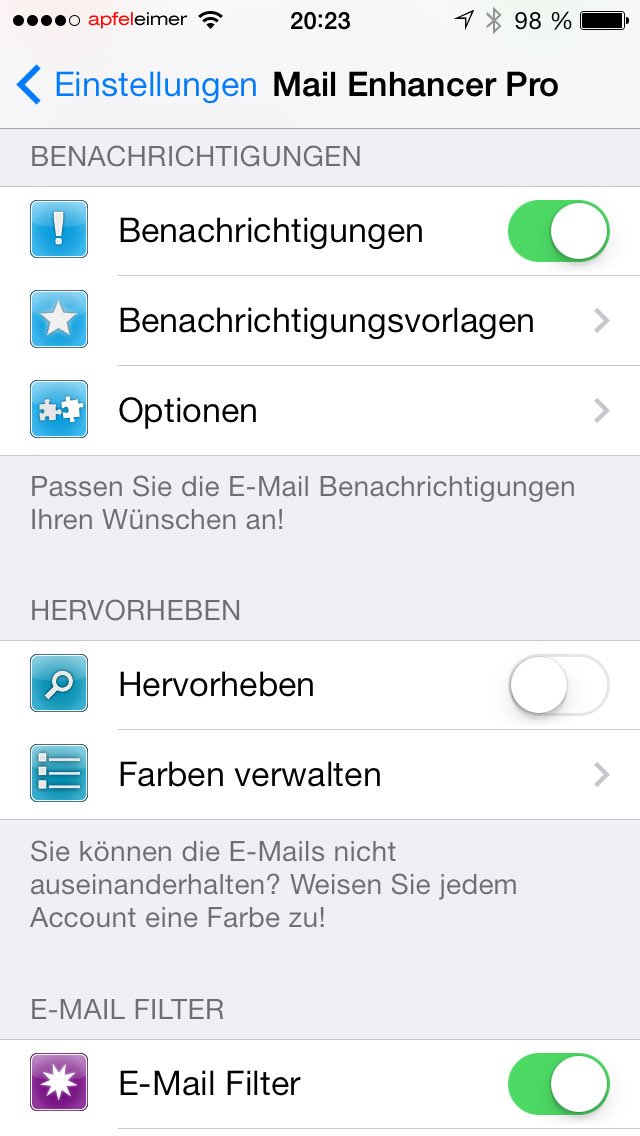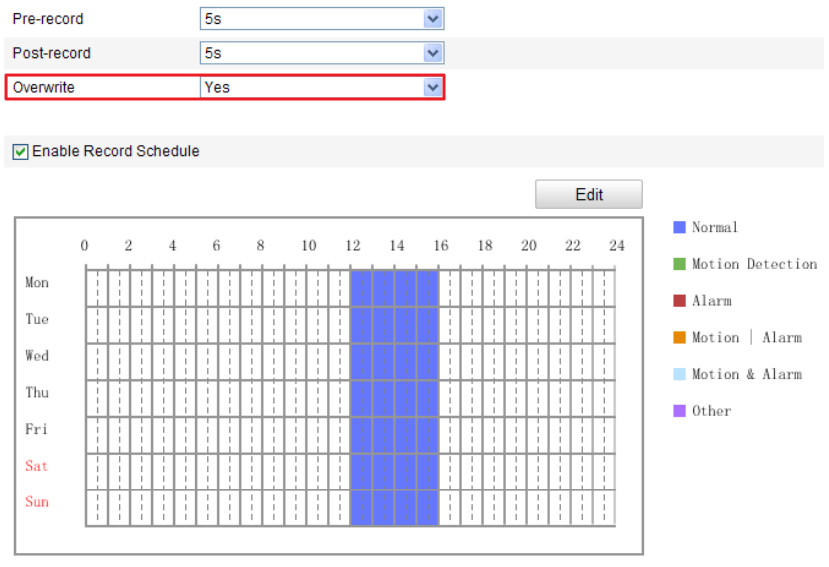
Kain says he's aware of those concerns, and built his system in part to demonstrate the possibilities of self-driving cars' video surveillance before a shady commercial startup could do it first-one that might aggregate the data between users rather than keep it separated.

Kain says he’s not oblivious to his surveillance invention’s creep factor: “I think there’s a real ethical issue there.” Roger KisbyĮven more troubling, Hall says, would be the potential for law enforcement to gain access to the data, either through some sort of incentive to drivers-just as local police in some cities have subsidized Amazon's Ring home surveillance cameras as a way to encourage people to share tips-or by compelling users to share it with subpoenas.

"That could result in people pulling guns on each other when there's really nothing to worry about." "I’m worried about the subjective judgment a human would make from this technological system," says Hall.
#Surveillance station license hack driver
Confrontations could result from false positives, he says, if a driver mistakenly believes they're being followed by someone who happens to have the same commute. Laws aside, Hall argues that Kain's invention could have unintended consequences and serious privacy implications. Its facial recognition features make it illegal in Illinois. State laws against automatic license place readers, even for private use, would likely make it illegal in Arkansas, Georgia, Maine, and New Hampshire. The Surveillance Detection Scout, however, faces not just ethical issues but also legal ones, says Joseph Lorenzo Hall, the chief technologist with the Center for Democracy and Technology. Kain says the intent is to offer a warning that someone might be preparing to steal the car, tamper with it, or break into the driver's nearby home.Īndy Greenberg is a WIRED security writer and author of the forthcoming book, Sandworm: A New Era of Cyberwar and the Hunt for the Kremlin's Most Dangerous Hackers. When the car is parked, it can track nearby faces to see which ones repeatedly appear.

#Surveillance station license hack software
The tool uses open source image recognition software to automatically put an alert on the Tesla's display and the user's phone if it repeatedly sees the same license plate. The DIY computer fits into the middle console of a Tesla Model S or Model 3, plugs into its dashboard USB port, and turns the car's built-in cameras-the same dash and rearview cameras providing a 360-degree view used for Tesla's Autopilot and Sentry features-into a system that spots, tracks, and stores license plates and faces over time.
Now one hacker has found a way to put a sample of that power-for safety, he says, and for surveillance-into the hands of anyone with a Tesla and a few hundred dollars to spare.Īt the Defcon hacker conference today, security researcher Truman Kain debuted what he calls the Surveillance Detection Scout. With Linux and ZFS, QuTS hero supports advanced data reduction technologies for further driving down costs and increasing reliablility of SSD (all-flash) storage.Automatic license plate reader cameras are controversial enough when law enforcement deploys them, given that they can create a panopticon of transit throughout a city. QuTS hero is the operating system for high-end and enterprise QNAP NAS models. WIth Linux and ext4, QTS enables reliable storage for everyone with versatile value-added features and apps, such as snapshots, Plex media servers, and easy access of your personal cloud. QTS is the operating system for entry- and mid-level QNAP NAS.


 0 kommentar(er)
0 kommentar(er)
